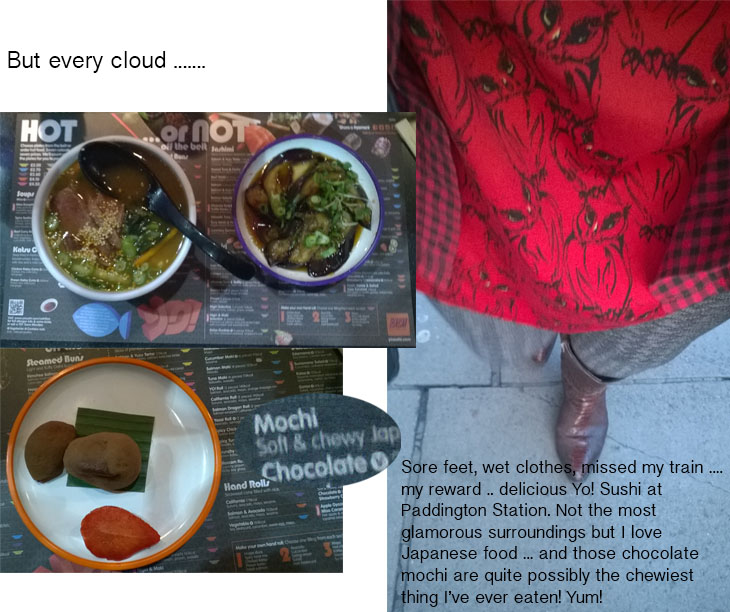
For some years now I have felt uncomfortable about shopping on the high street. As someone who makes clothes, the prices seem too low to make any sense for the time and materials involved. There has been disturbing media coverage about some brands and their lack of protection of their workers. And I suffer from ezcema, I know first hand the damaging effects of chemicals and wonder about what they are doing to our environment. There are brands marketed as ethical brands but they tend to be smaller, with a smaller product range and cannot cater alone for my needs. And there are high street brands I like and I want to use, the high street suits my budget and I don’t believe that a high price point equals better ethics. So I want to become more brand-savvy, find out which brands take ethics seriously and be more informed when using the high street.
An important thing to say is that this is my opinion, based on my principles and my personal moral code. I am not trying to tell people where they should shop, I am going to tell you were I feel comfortable shopping and you can make you own judgement from there. This has been a rollercoaster of a post to write as it’s such a complex area but I feel strongly that we should know more about all this so I’ve stuck with it.
Ethical Fashion: What are we so worried about?
There are many, many aspects to ethical and sustainable fashion relating to the protection of the environment and of people and there are many aspects to the protection offered by companies. These are a couple of well-rounded and straightforward definitions worth keeping in mind as you read.
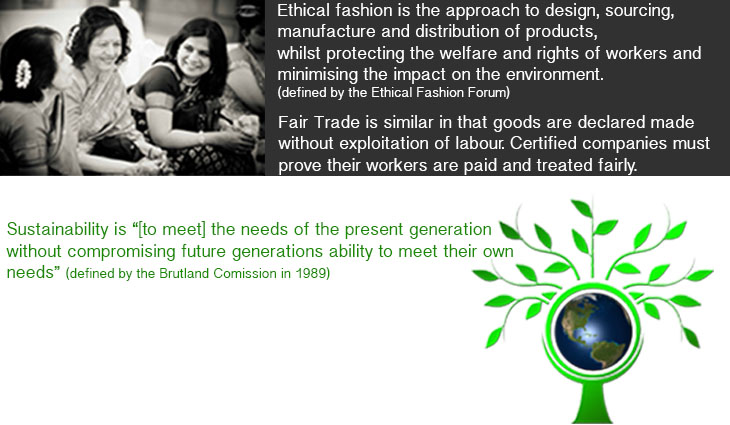
Fashion Industry Supply Chains
The thing that is challenging about seeking an ethical buying approach in the fashion industry is that in many cases from design to purchase is a enormously long supply chain and ensuring all levels are protected relies on a lot of people spread across long distances. For a t-shirt sold in the UK, the cotton may be grown in Uzbekistan, sent to textile mills in India to be spun and woven into fabric, then sent to Bangladesh to be cut, sewn and finished. Cotton is a pesticide intensive and water thirsty crop, imagine the carbon footprint of that journey and the number of people involved at each stage. So imagine also my joy when I discovered there are one or two organisations who are many steps ahead of me and have already compiled data and reports on many brands using a simple grading system .. ah but nothing in life is ever simple, is it (are you feeling the rollercoaster yet?)
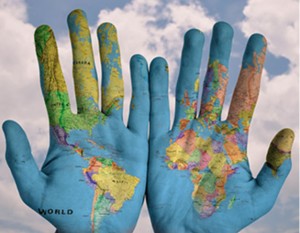
Baptist World Aid (www.baptistworldaid.org.au) is a not-for-profit organisation committed to empowering the world’s poor to lift themselves out of poverty. Using a grading system developed by Free2Work they compiled a report entitled Apparel Industry Trends 2015: The Truth Behind The Barcode focusing on the state of the industry’s protection of people, workers and communities. The report asks brands a series of questions in 4 areas.
- Policies to address exploitation, child labour & forced labour in their supply chains.
- Understanding of its supply chain & how transparent it is to their customers.
- Adequacy of monitoring & training programmes to address & prevent exploitation.
- Support worker well-being, ensure route to claim rights & earn a living wage.
The report is very in depth and looks at the Australian market but it includes a number of international brands such as Nike and Levi’s. From analysis of the questions, brands are given an overall grade ABCDF (no E??). Grades A and B are given a green thumbs by the organisation, C is a yellow partial pass and D and F are both red thumbs down.
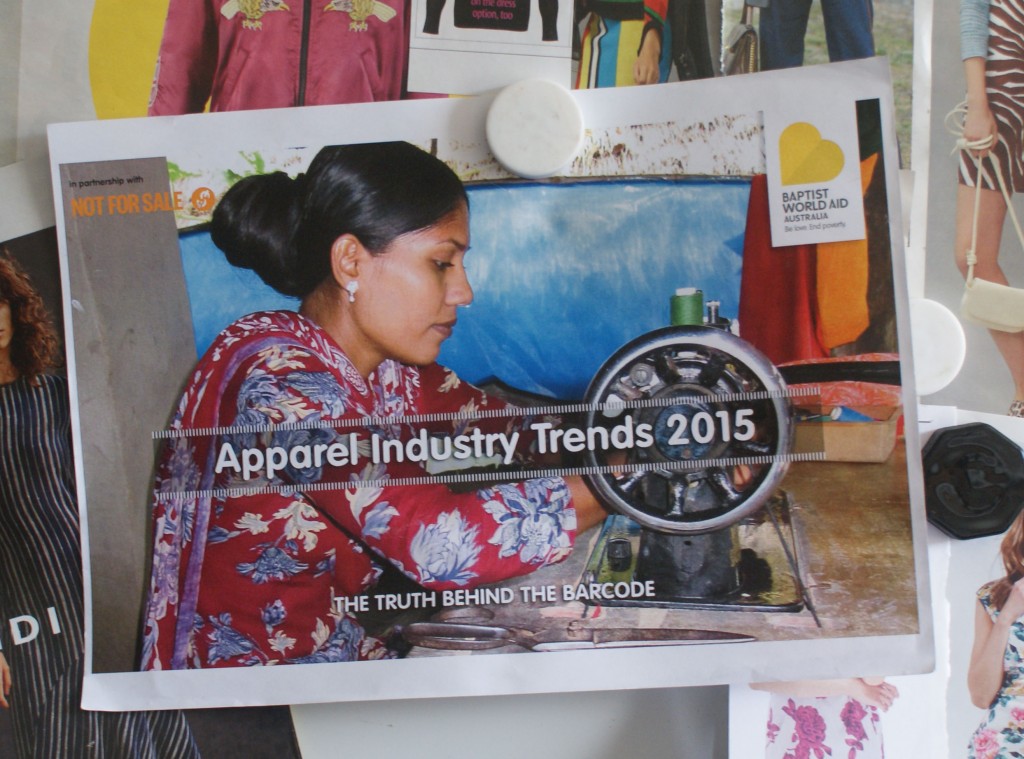
Rank a Brand (www.rankabrand.org) is based in Amsterdam and is Europe’s largest brand comparison site looking at a number of industry sectors including fashion. Volunteers search brands websites to find the answers to a set of 16 questions targeted to judge a company’s policies towards labour conditions, environmental practices and climate change initiatives. It has over 1000 brands in its fashion, clothing and shoes section; you can ask about a brands not yet rated and even poke a brand you want to encourage to take part. The website ranks brands with grades ABCDE and gives the following definitions to those grades.
- A = Top brand: Buy! Companies have positively answered 75-100% of questions.
- B = Well on the way! 55-75%
- C = Reasonable: Could be better! 35-55%
- D = First milestones: Should be better! 15-35%
- E = Don’t buy! These brands positively answered less than 15% of questions.
So where do I stand on all of this?
It’s no simple task to decide where I stand on all of this, I have poured over these comparisons, run round in circles with the various criteria and my head hurts trying to reach some sort of conclusion. This is a huge industry and there are millions of brands and I’ve surprised myself how many of them I use, particularly when I take into account the childrens’ clothes as well. There are holding companies whose names we are not familiar with so it’s not always straightforward to judge. And not every brand has been rated. For example, our dear Clarks where I often buy the school shoes is given an E by Rank a Brand but how do I know Start Rite is any better as it’s not rated?
Rank a Brands questions do not seem especially onerous, it’s pretty shocking to think that those brands scoring E by Rank a Brand have only managed to positively answer 2 or 3 of the 16 questions, those scoring a D between 3 and 5. However, there are only 2 brands that Rank a Brand have given an A and brands I know to be progressive in ethics such as People Tree have achieved a B. My interpretation on this is that because Rank a Brand are looking at the environmental aspect of ethics as well as the protection of people, the criteria is broad rather than deep and companies may not be able to wholly satisfy questions, though they may be taking steps to address the issues. Therefore, their rating comes out lower compared to Baptist World Aid, who focus on people so that their questions are able to delve a little deeper into the complex issues around employment.

I’m concerned about both the environment and the people who make my clothes so my first instinct is to say I will not use brands that Rank a Brand have given a D or E but Nike were given a green B by Baptist World Aid and when I look at their website it seems they are making a big commitment to environmental sustainability. And Levi’s are also a D brand, given a green B+ by Baptist World Aid so at least they are making a commitment to ethics, where many jeans brands are not even featured. It is all relative as there are many, many brands not featured and surely taking part in the research counts for something.
This is a hugely complex area so forgive yourselves, my friends on Facebook, who apologised for seeming lazy, few of us have time to navigate all of this. I’ll forgive myself too for taking a whole week to write this post and for not being able to come up with a simple list of trusted brands. It’s been a tough week, but it tells me I need to keep going, reminds me that this is the start of a journey and I can make lots of small changes rather than one big one. I was getting overwhelmed trying to predict which brands you might use, pick out the ones I use and then noticing more as I dressed the kids and myself this morning. I was also trying to come up with a blanket statement such as “I will only use A brands” but then I realised that H&M (one of my staples) has a C from Rank a Brand but an A- from Baptist World Aid so much of this has to be judged on a brand by brand basis. So this is what I’ve done, I’ve routed through my own wardrobe and photographed a label of some of the brands I use, then I’ve made my own judgement using the grades above and my own knowledge. Here are my thoughts;
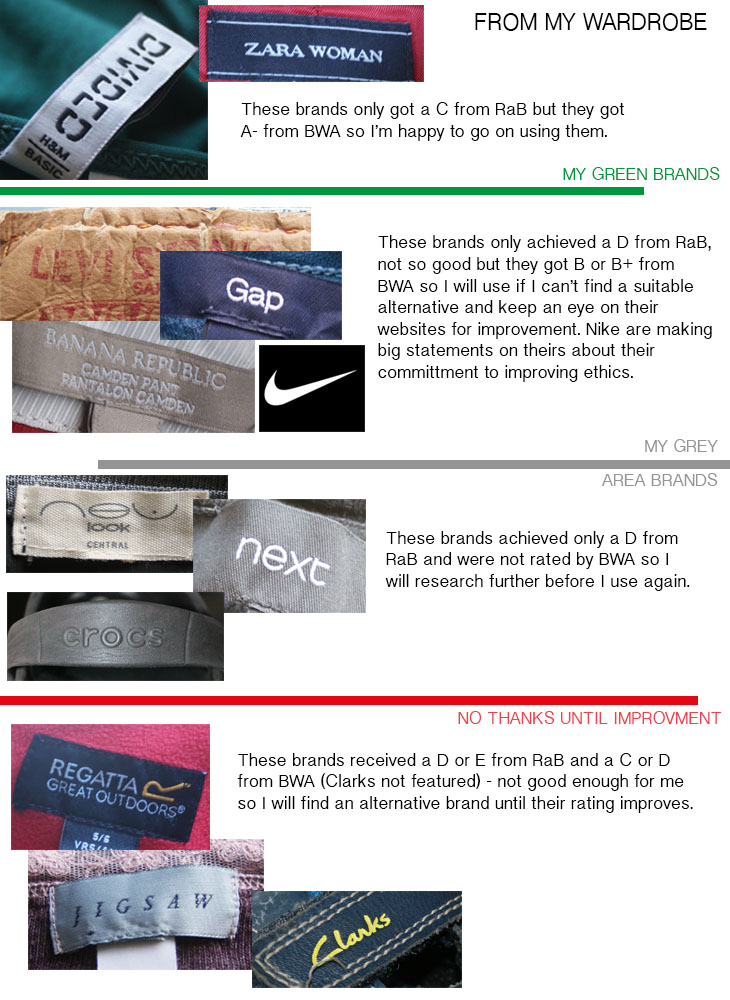
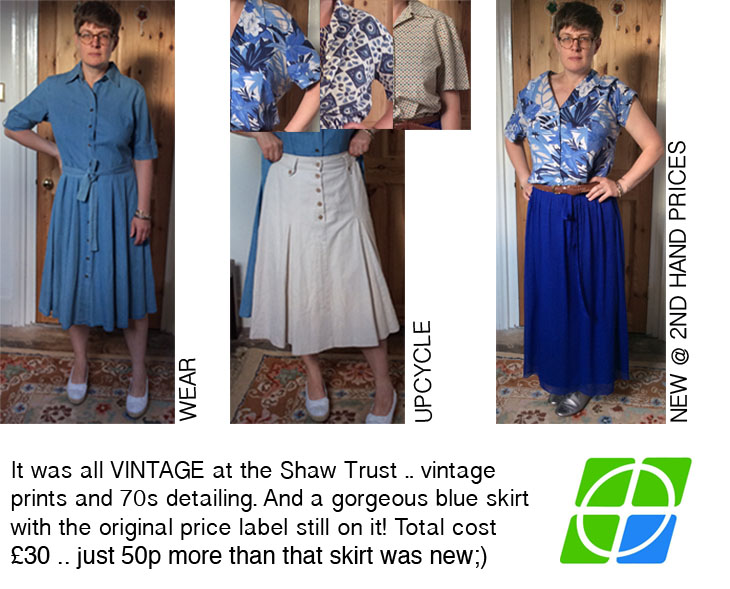
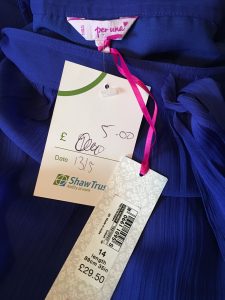
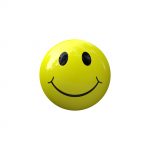
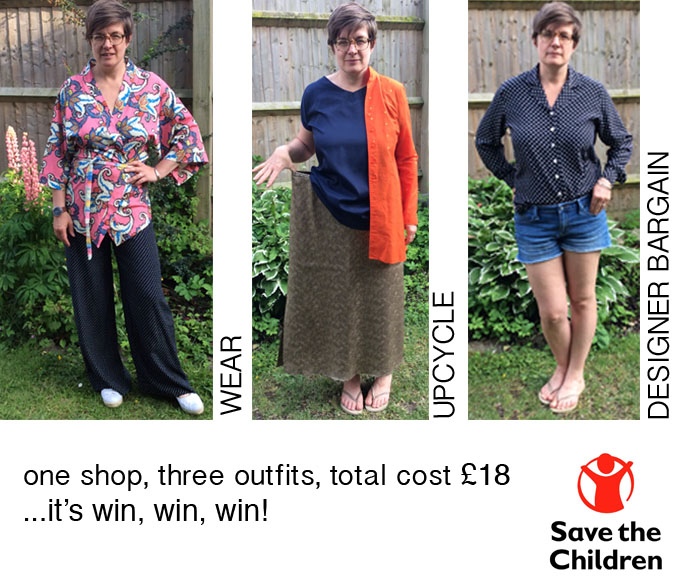
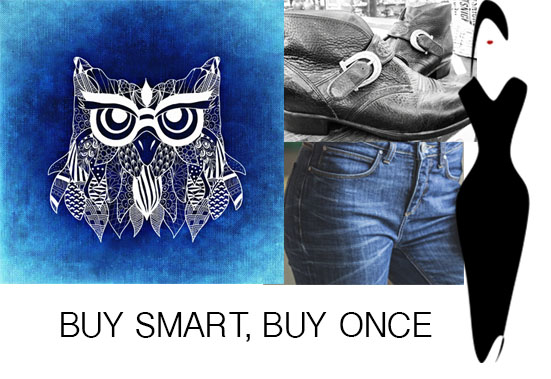
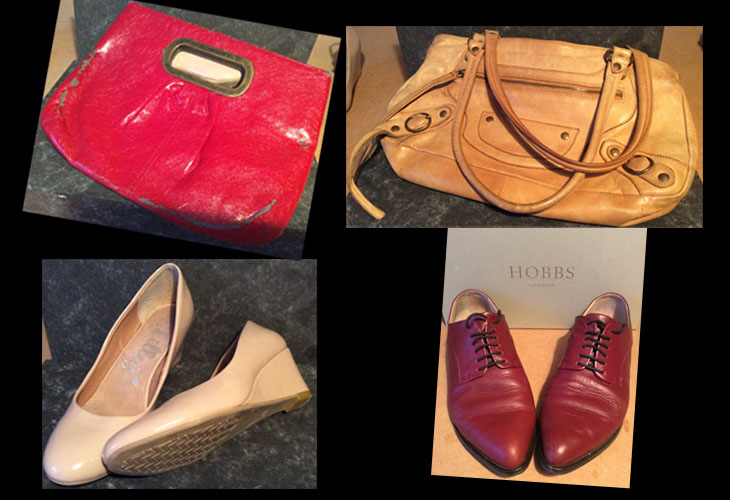
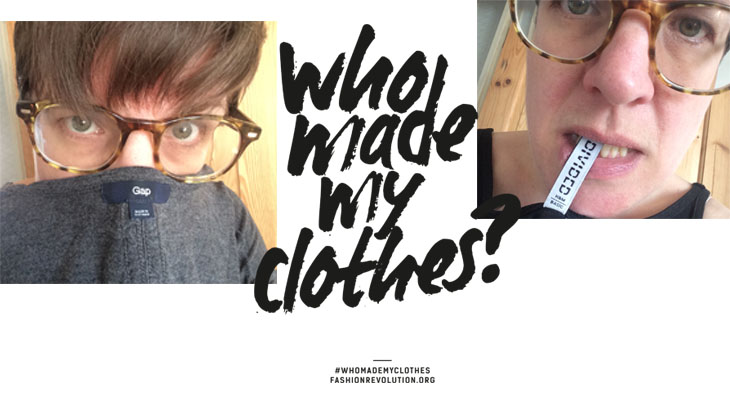

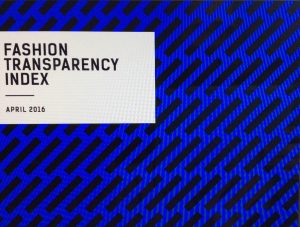

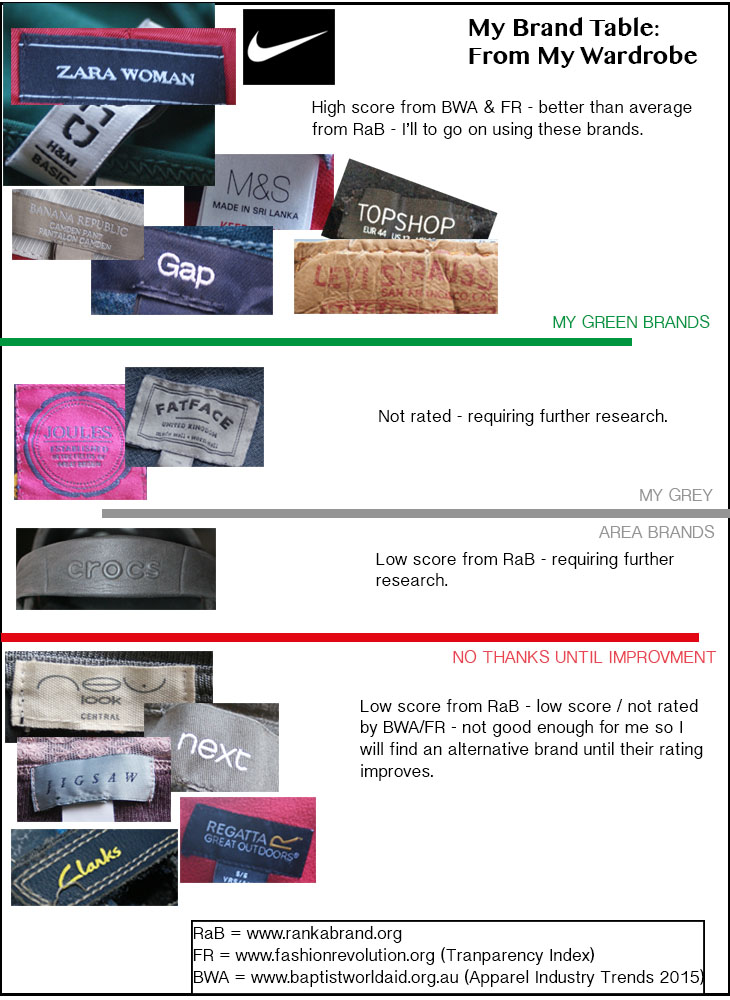
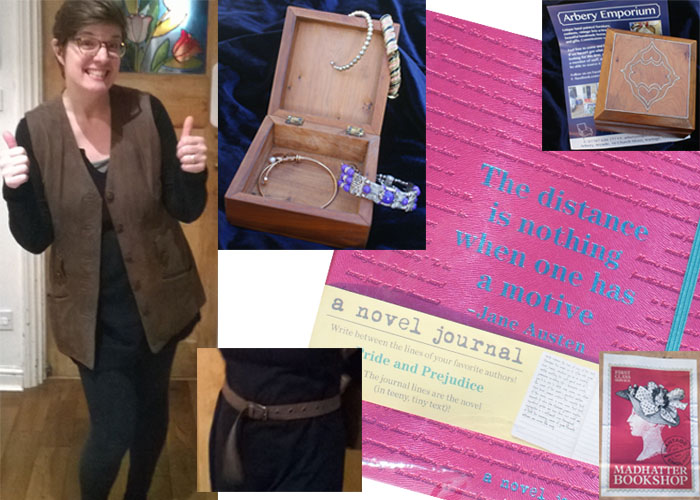
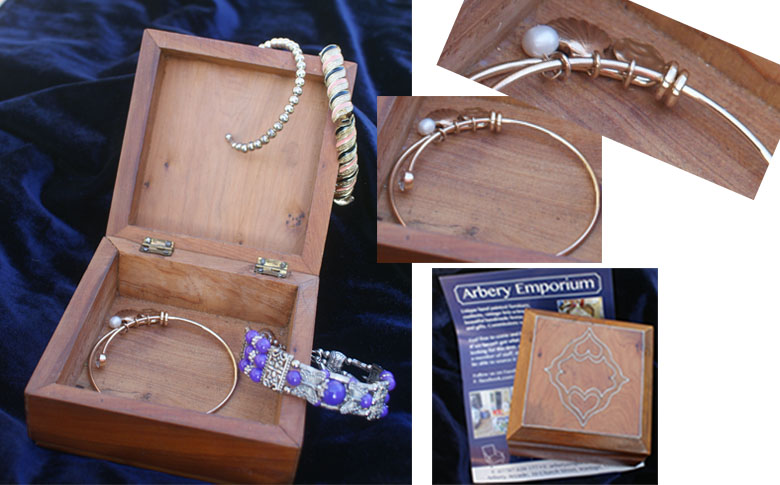





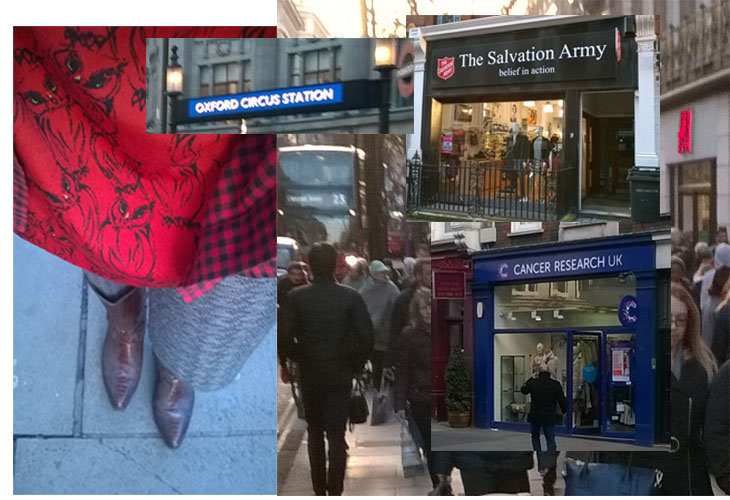
 .
.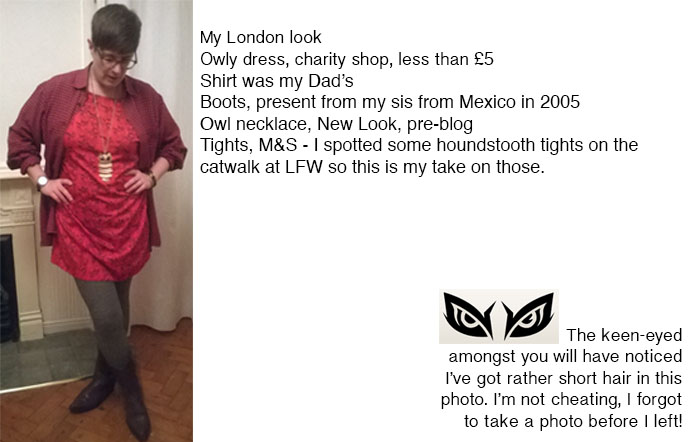
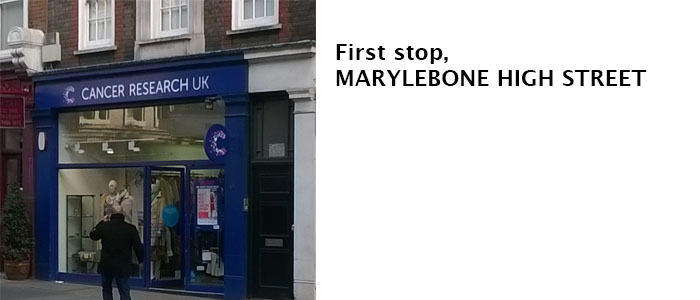
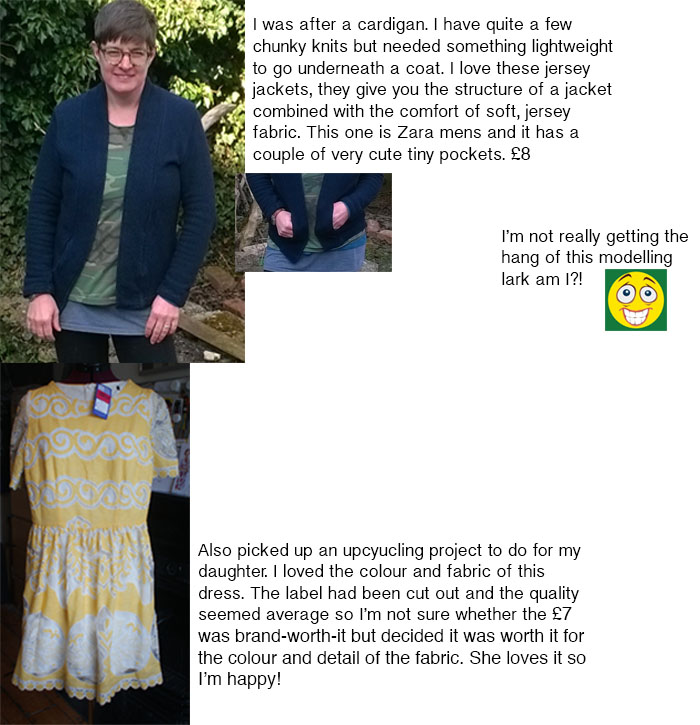
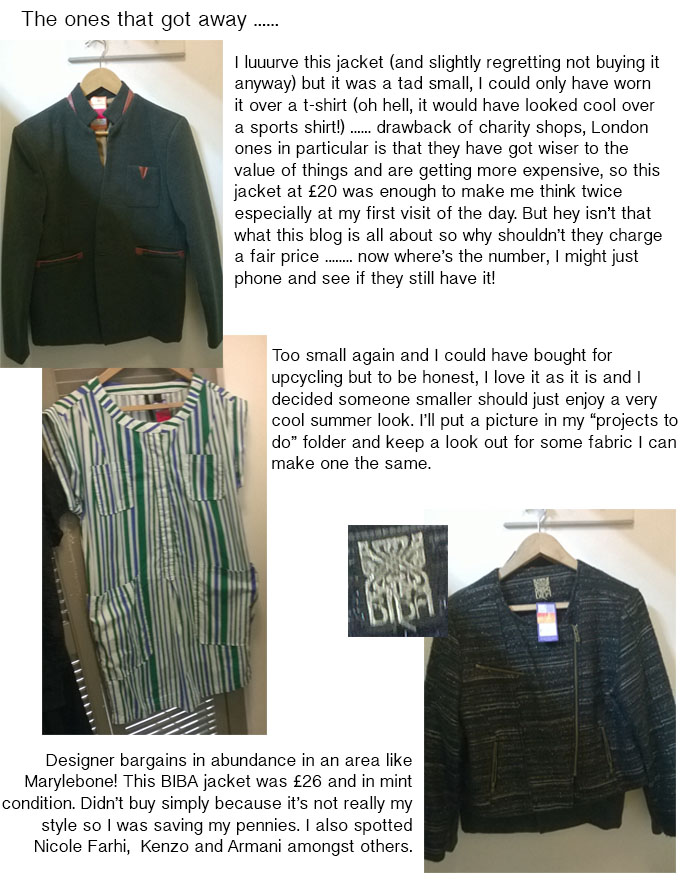
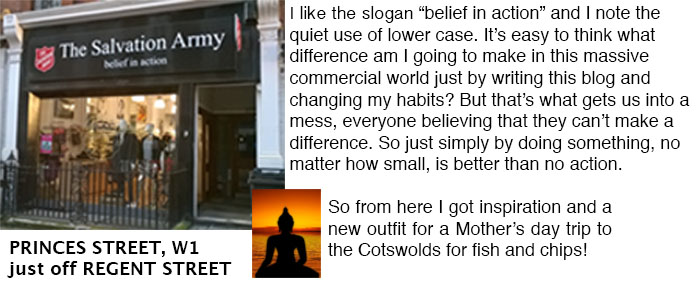
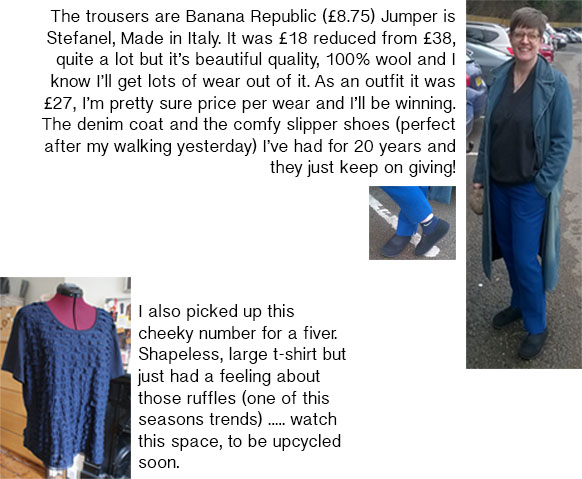
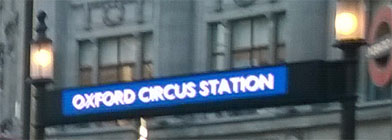
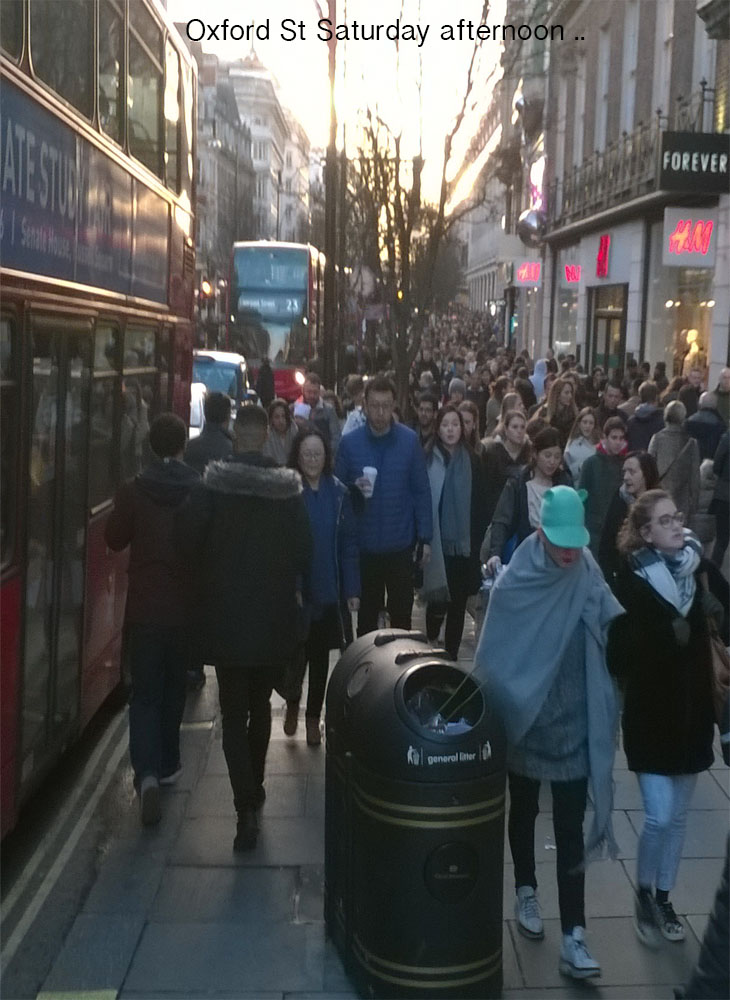
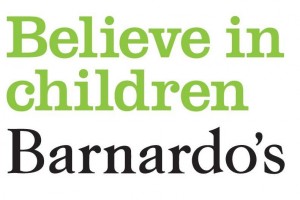 uldn’t find this one, as I trudged up and down George Street in Marylebone. By this time, it was pouring with rain, my paper bag got wet and broke, spilling my clothes over the pavement and I was still trying to find the shop at 5.55pm … such is the dedication of a second hand shopper. You need a kind of tenacious spirit for second hand because it can be hit and miss, some days you find nothing and some days you find real treasure .. but that’s what makes it so special. The belief that the next shop is at the foot of the rainbow and has gold just for you.
uldn’t find this one, as I trudged up and down George Street in Marylebone. By this time, it was pouring with rain, my paper bag got wet and broke, spilling my clothes over the pavement and I was still trying to find the shop at 5.55pm … such is the dedication of a second hand shopper. You need a kind of tenacious spirit for second hand because it can be hit and miss, some days you find nothing and some days you find real treasure .. but that’s what makes it so special. The belief that the next shop is at the foot of the rainbow and has gold just for you.